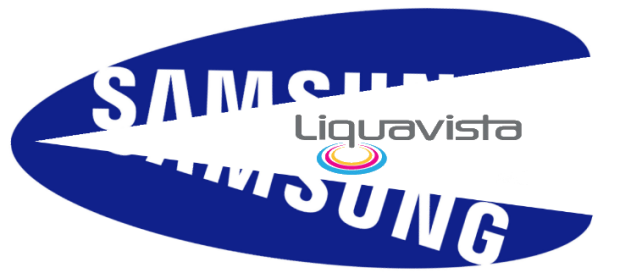
It was just a few months ago that we heard Samsung was leaving the e-paper e-reader business to focus on LCD-based systems. Those reports may have been mistaken, as the tech giant has just purchased Liquavista, a company originally spun off from Philips, and which is working on improved electrowetting techniques.
What Samsung’s planning is a mystery, but I’d guess they’re looking into more advanced e-paper and transparent or flexible displays. I doubt we’ll hear about them for at least a year, though.
Here’s the full press release:
Investment aims expand leadership in next generation displays for mobile devices
SEOUL, South Korea–(BUSINESS WIRE)–Samsung Electronics Co., Ltd., a global technology innovation and digital convergence leader, today announced it has acquired display technology firm Liquavista BV. Samsung completed the acquisition of Liquavista, based in Eindhoven, the Netherlands, in December 2010.
Liquavista, founded in 2006 as a spin-out from the Philips Research Labs, offers a new type of electronic display technology known as electrowetting for applications in e-readers, mobile phones, media players and other mobile devices.
The electrowetting technology, which operates in transmissive, reflective, transparent and transflective modes, enables the creation of displays with bright, colorful images with dramatically reduced power consumption. Offering more than twice the transmittance of LCD technology and able to operate at low frequencies, displays utilizing electrowetting consume just 10 percent of the battery power of existing display technologies.
With the acquisition of Liquavista, Samsung aims to expand its leadership in next generation display technologies by pioneering the application of electrowetting in e-Paper and transparent displays. As electrowetting can be manufactured by modifying existing LCD production lines, Samsung will be able to realize significant synergies through the utilization of existing manufacturing equipment and capabilities.
In e-paper applications, the response time of the electrowetting displays will be more than 70 times faster than that of existing reflective displays, allowing for color videos, which was previously thought impossible. In future, the application of the technology is expected to expand to transparent, transmissive and transflective displays.